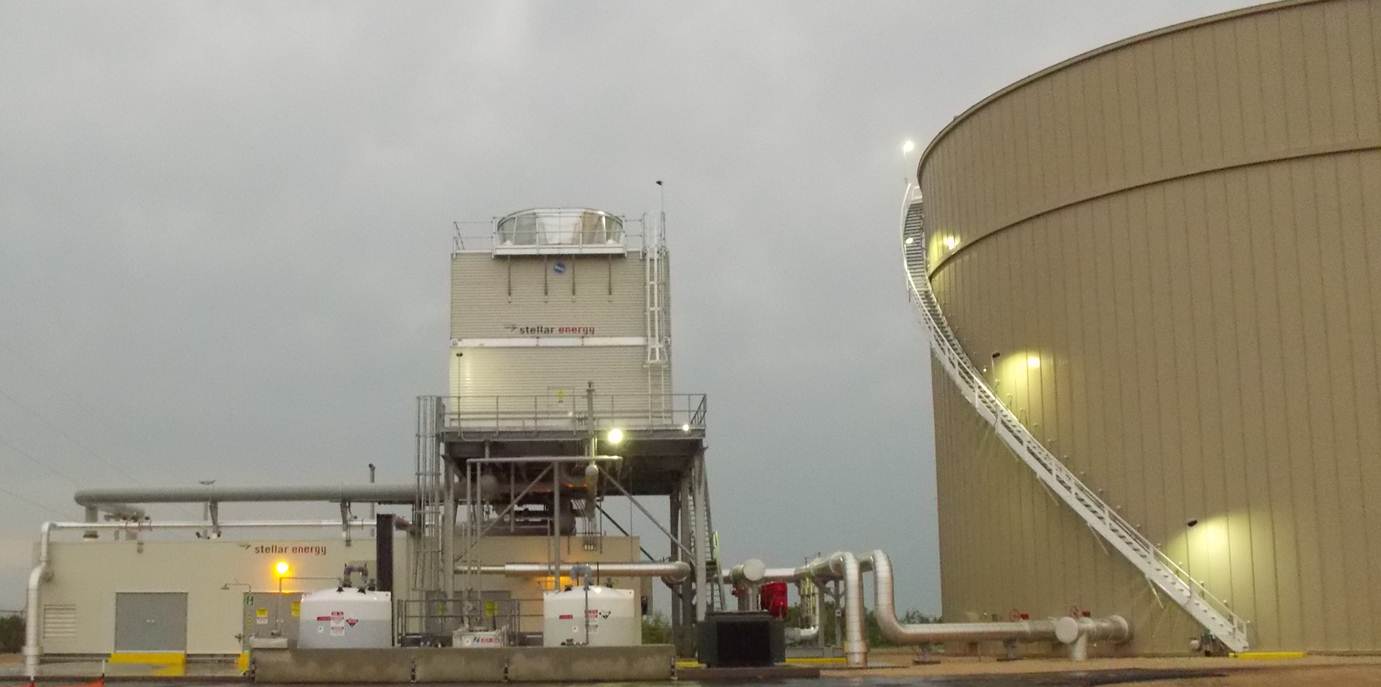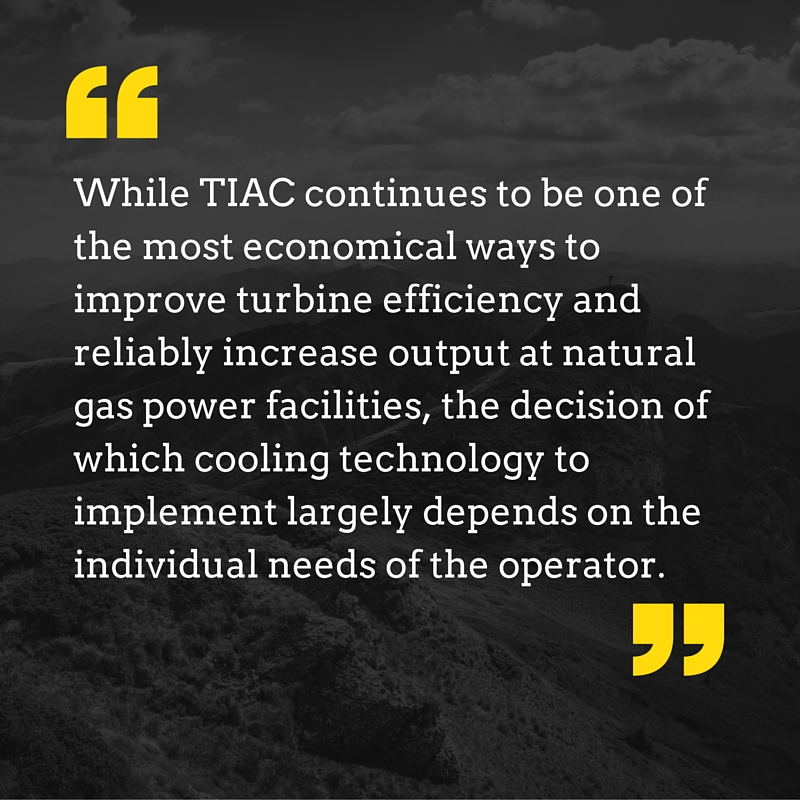Currently, the fragmented U.S. wholesale power markets do not face a scarcity of megawatts, as evidenced by the North American Electric Reliability Corporation’s (NERC) recent Summer Reliability Assessment and reported by Public Power Daily here.
However, this does not suggest turbine inlet air chilling (TIAC) is not a valuable resource for U.S. power generators. TIAC quickly elevates a combined cycle unit’s productive capacity during challenging ambient conditions. The benefits of the additional megawatts produced from low-heat rate/low-cost generation resources may be evaluated on a relative (better) or absolute (more) basis.











